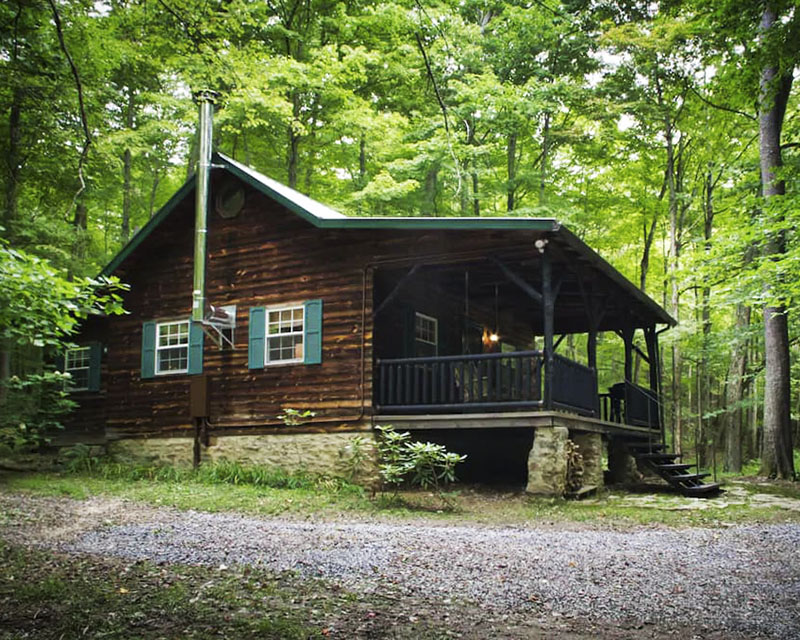
The abandoned lime kilns at Canoe Creek State Park are remnants of a thriving limestone-processing facility that once operated around the clock in this now-tranquil corner of Blair County.
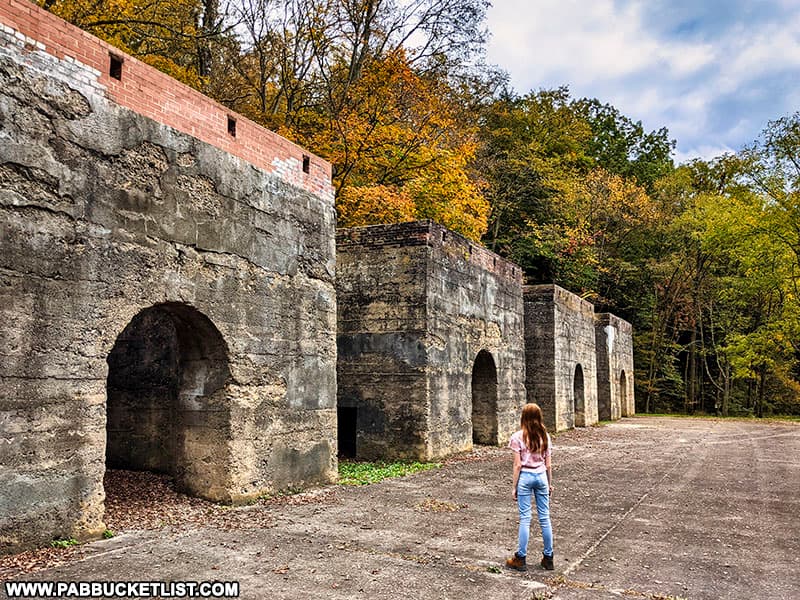
Origins of the Blair Limestone Company Kilns
In the early 1900s, the steel mills of Pittsburgh had an immense need for lime, used to remove impurities from molten iron as part of the steel-making process.
In order to meet their needs, the Jones and Laughlin Steel Company opened and operated the Blair Limestone Company in the area of Blair County which is now part of Canoe Creek State Park.

How the Blair Limestone Company Kilns Worked
Limestone was quarried from the hillsides along Mary Ann’s Creek and loaded into “stone cars”.
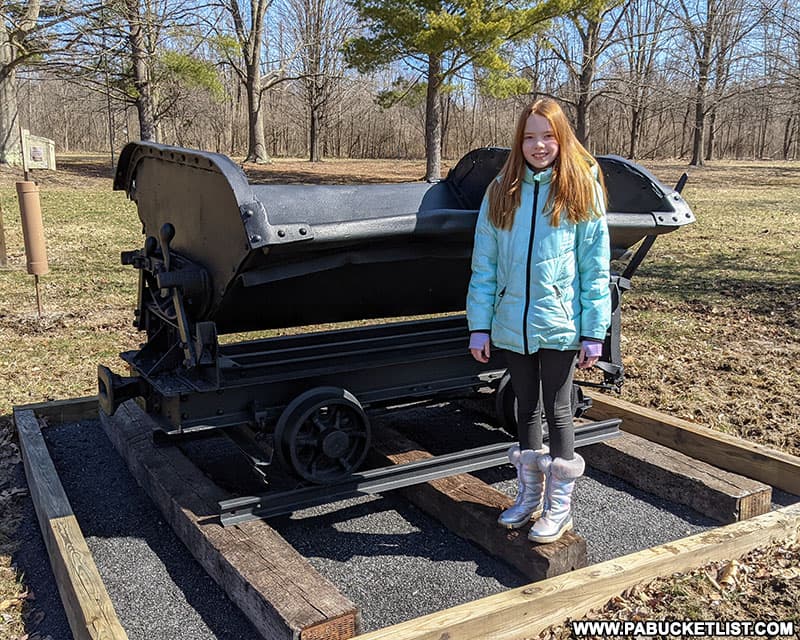
The stone cars were then pulled along tracks by a cable to an elevated position above the lime kilns, where their payloads were then dumped into the kiln below.
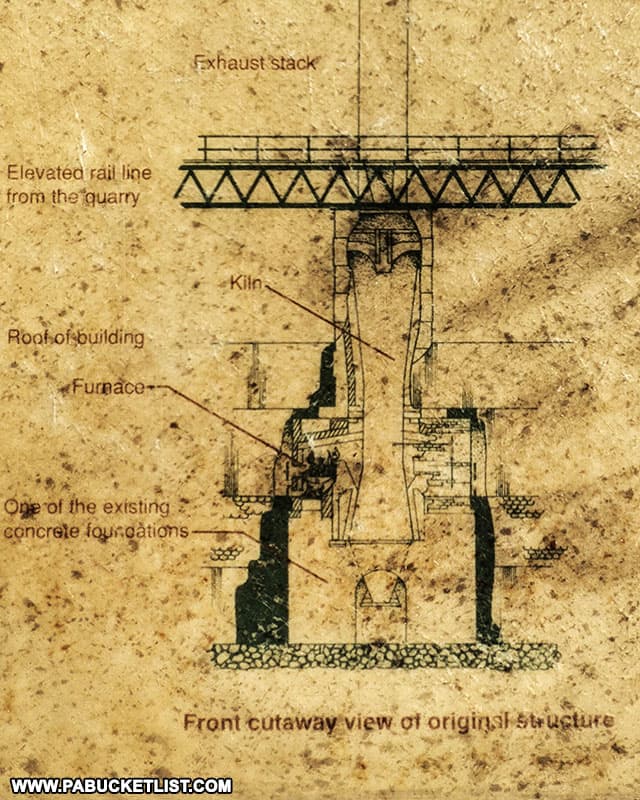
The limestone was heated by a furnace (the brick structures on top of the concrete kiln foundations), causing a chemical reaction that produced lime.
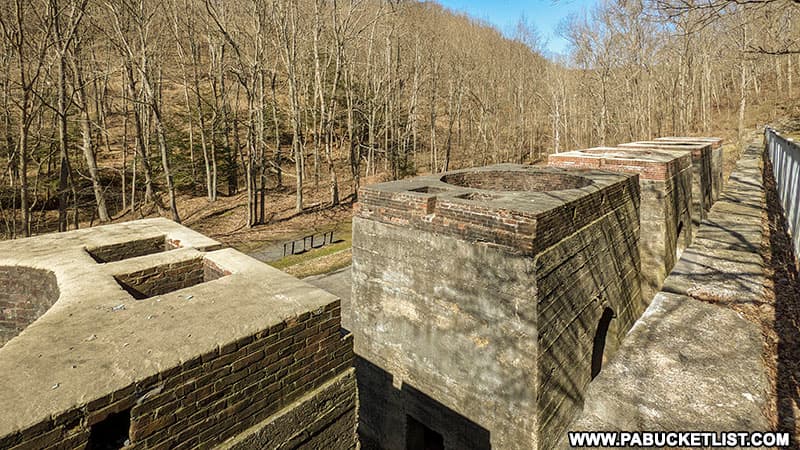
The lime would fall down into the openings of kiln foundation, where it was raked out onto the flat concrete area in front of the kilns to cool.
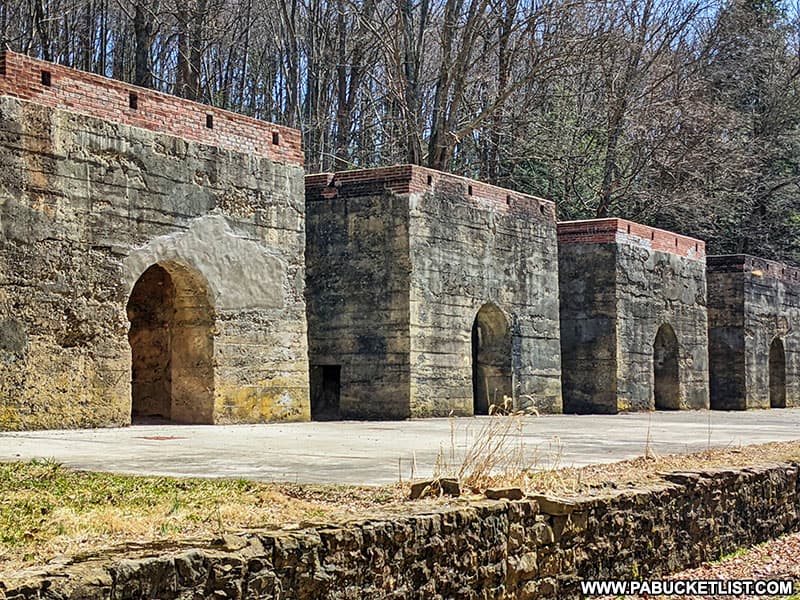
Once cooled, the lime was loaded onto Pennsylvania Railroad cars and shipped off to the Jones and Laughlin steel mills in Pittsburgh.
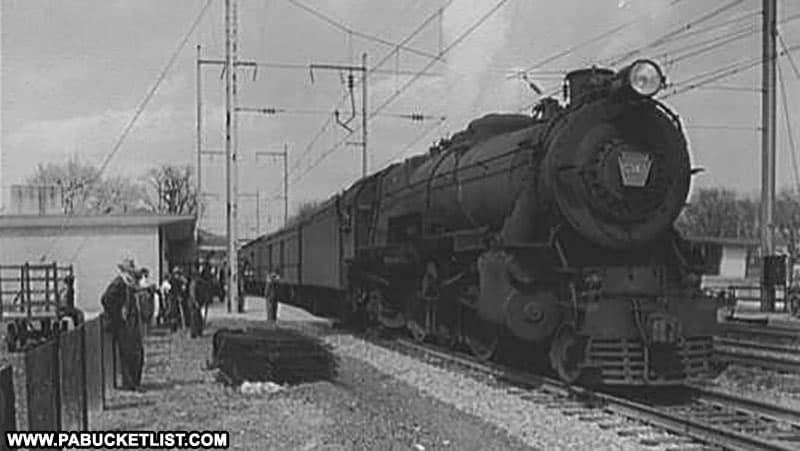
How to Find the Abandoned Lime Kilns at Canoe Creek State Park
The abandoned Blair Limestone Company kilns are relatively easy to get to via the Limestone Trail, a 1 mile hike from the parking lots above the beach at Canoe Creek State Park .
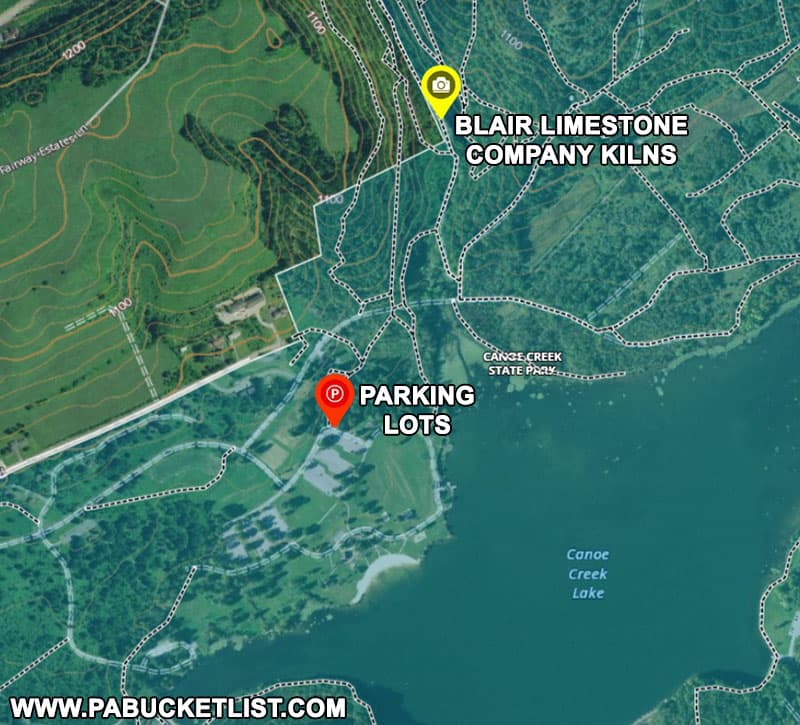
The Limestone Trail trailhead is located at the northeast corner of the parking lots at GPS coordinates 40.48496, -78.28334.

The Limestone Trail crosses a park road, and then Mary Ann’s Creek, before starting upstream along the old railroad bed.
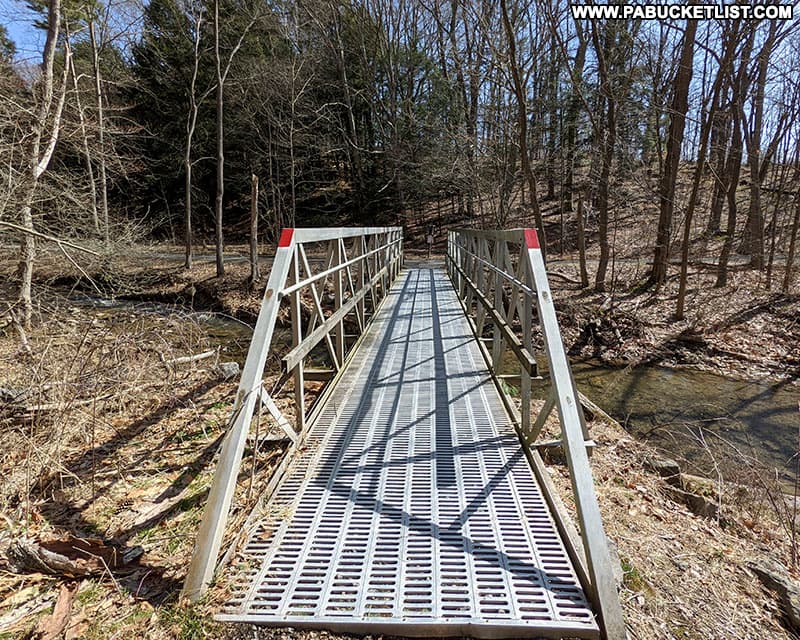
The kilns come into view approximately 100 yards upstream from the metal bridge over Mary Ann’s Creek.
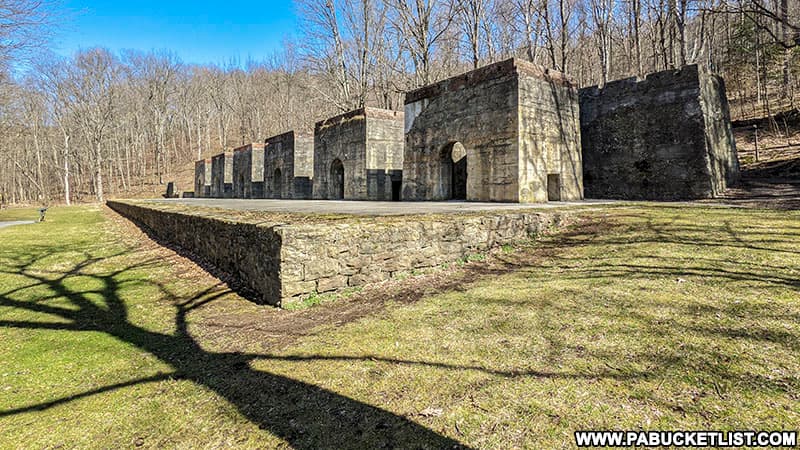
Visiting the Abandoned Lime Kilns at Canoe Creek State Park
It’s hard to imagine as you stand in front of the silent lime kilns today how much smoke, noise, commotion, and back-breaking work went on in this location for the decade or so that the kilns were in operation.
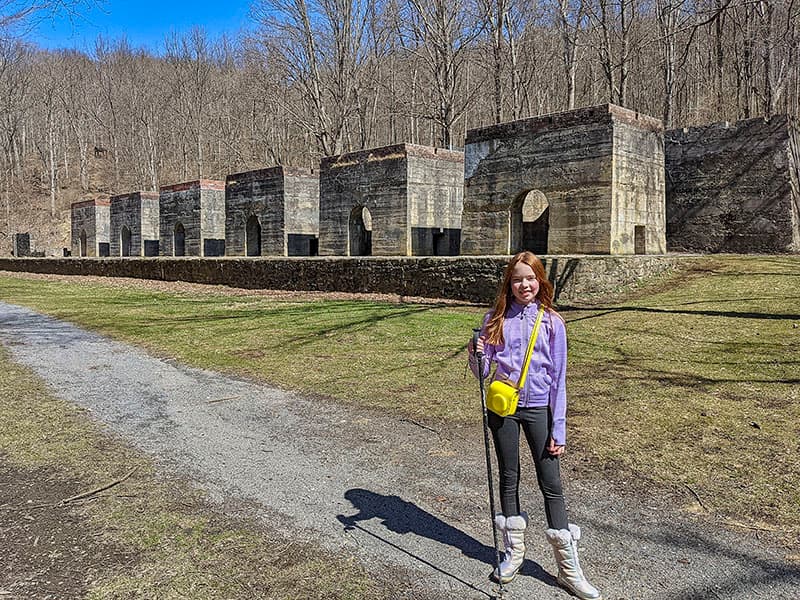
Remnants of the quarries that supplied the limestone are located along hiking trails on either side of Mary Ann’s Creek.
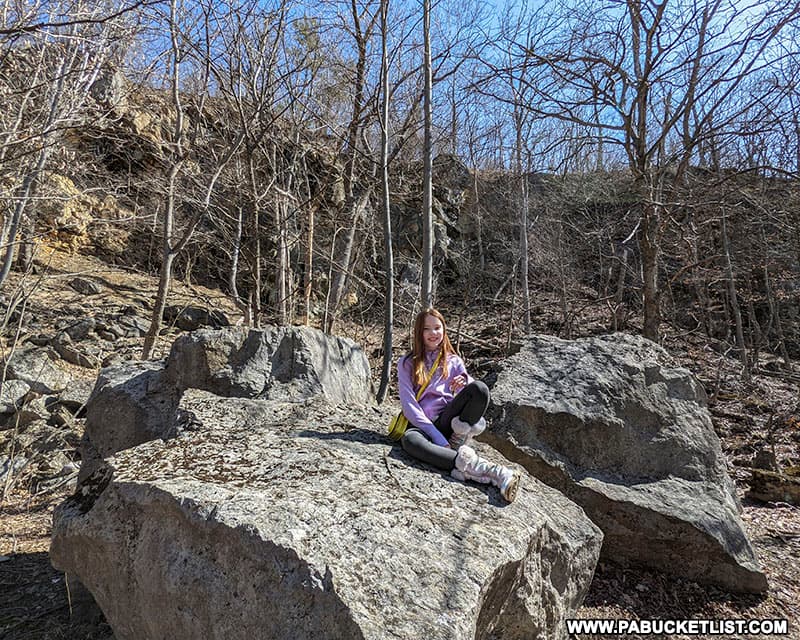
The foundations, which once supported furnaces, kilns, and smokestacks that rose nearly 80 feet above the ground, conjure up images of medieval castles.
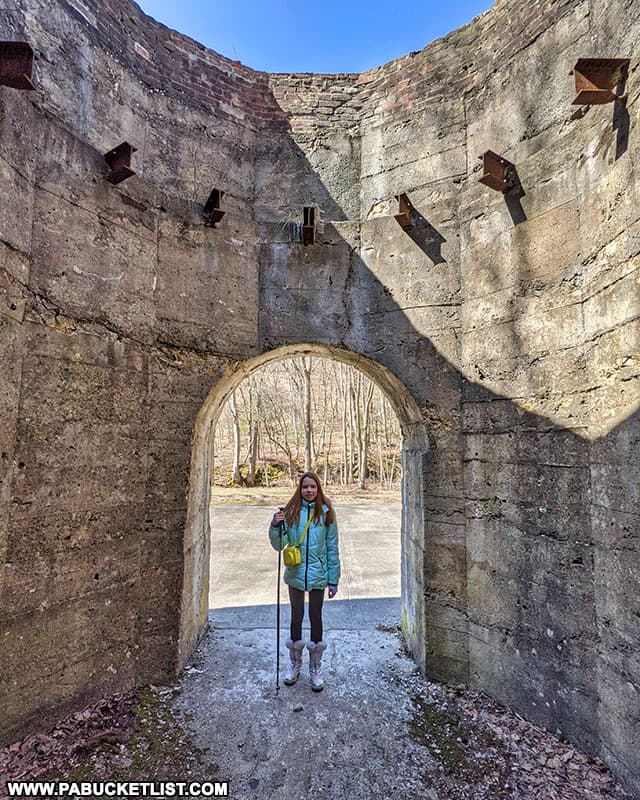
It’s hard not to appreciate the workmanship that went into building these massive industrial structures.
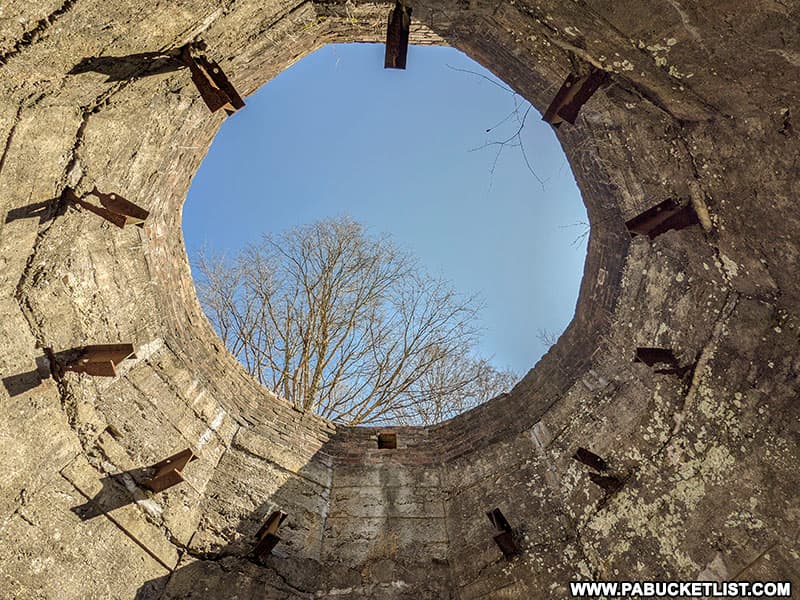
There are plenty of additional activities to occupy and inspire the imaginations of explorers young and old when visiting the abandoned limestone kilns at Canoe Creek State Park.
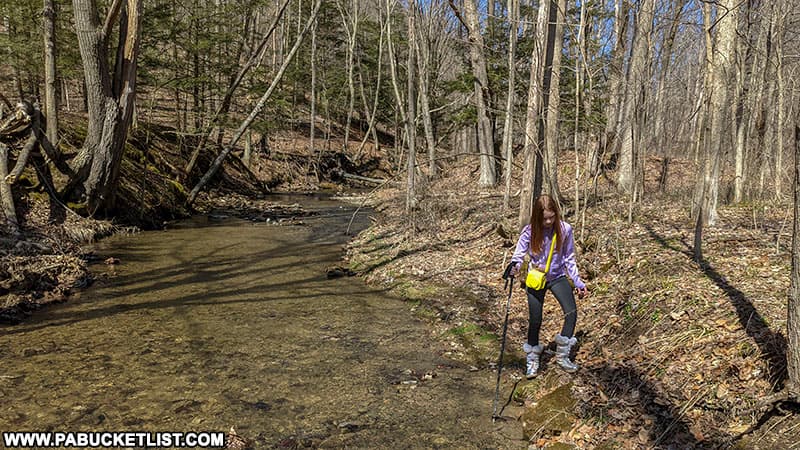
There are no shortage of places to splash around or climb.
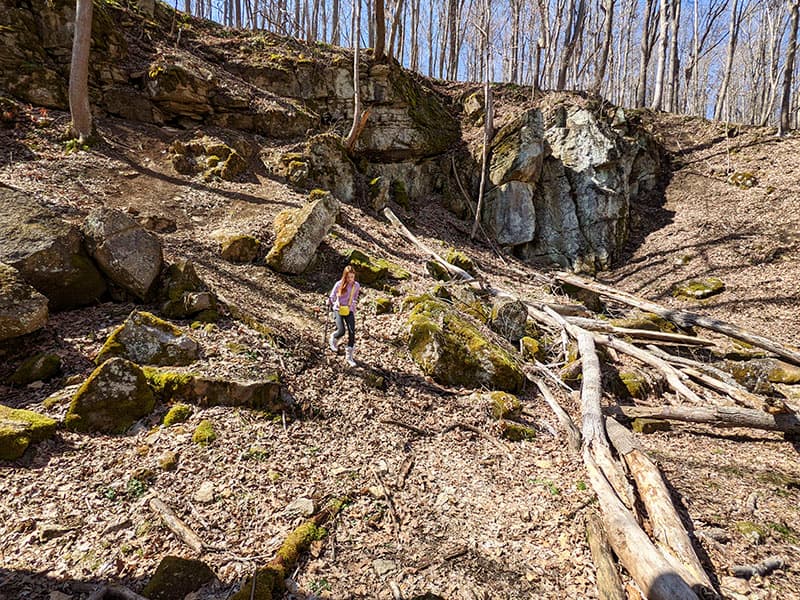
The abandoned Blair Limestone Company kilns, now part of Canoe Creek State Park, are easy to get to and make for an enjoyable history lesson and hiking destination when visiting Blair County.
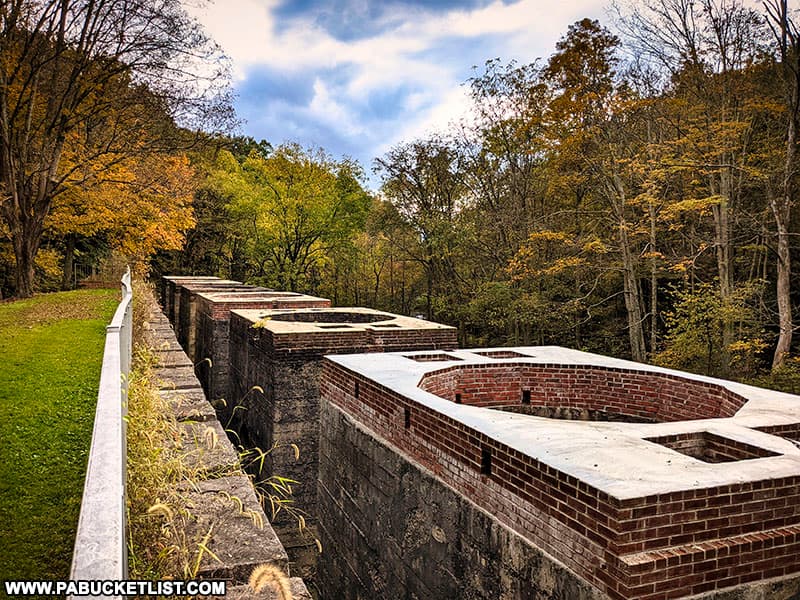
Want to make your trip to Canoe Creek State Park even MORE epic?
Rent a one-of-a-kind vacation home near Canoe Creek State Park through Vrbo!
Check out HUNDREDS of cabins, cottages, and lodge homes close to Canoe Creek State Park by clicking on the Vrbo logo below.
Related Attractions
In neighboring Centre County, the ghost town of Scotia is an abandoned iron-mining boomtown built by another Pittsburgh steel-making icon, Andrew Carnegie.
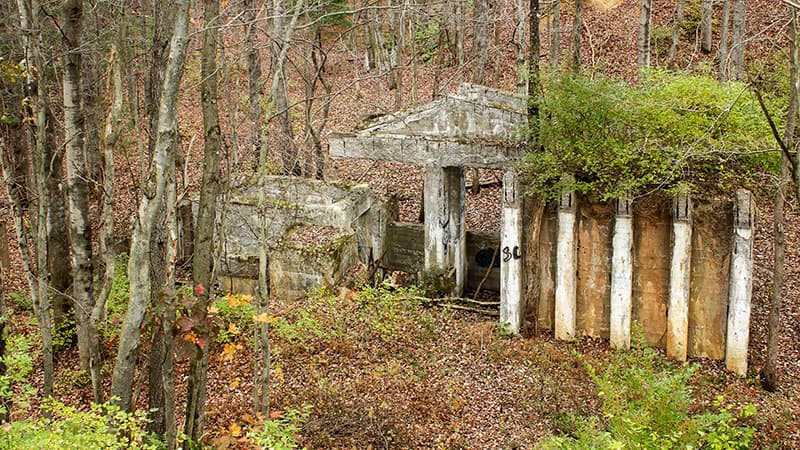
Today the ruins of Scotia can be seen on State Game Lands 176, and are a popular hiking destination for folks visiting nearby State College.

The Pennsylvania Railroad was a critical partner in moving the lime manufactured in Blair County to the steel mills in Pittsburgh, and the Horseshoe Curve in Blair County is a world-famous remnant of that railroad, still in use to this day.

Considered one of the “engineering wonders of the world” at the time of its completion in 1854, the Horseshoe Curve continues to offer railroading fans an up-close opportunity to experience the thrill of trains passing by along this 2,375 foot-long curved stretch of tracks, along with a chance to explore the attached museum full of memorabilia and interpretive exhibits.
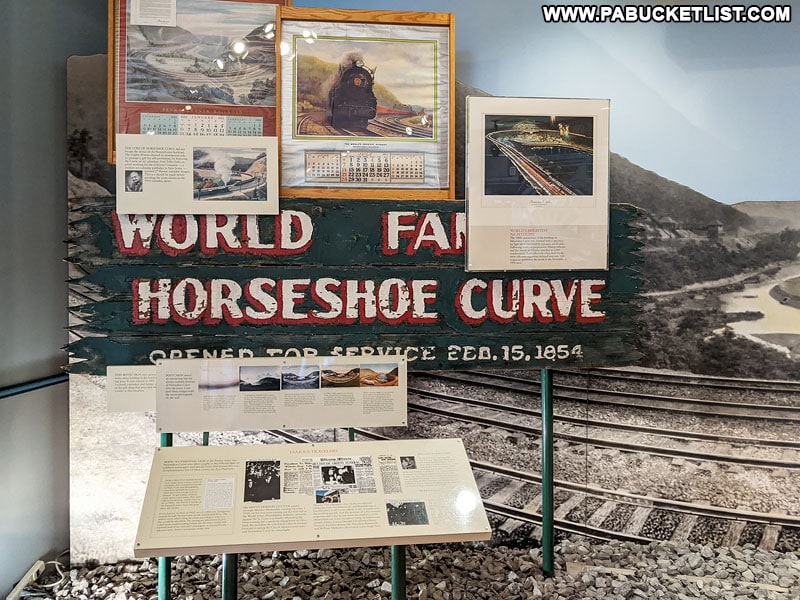
The Altoona Railroaders Memorial Museum in Blair County celebrates the lives of both railroad workers and railroading communities in central Pennsylvania.
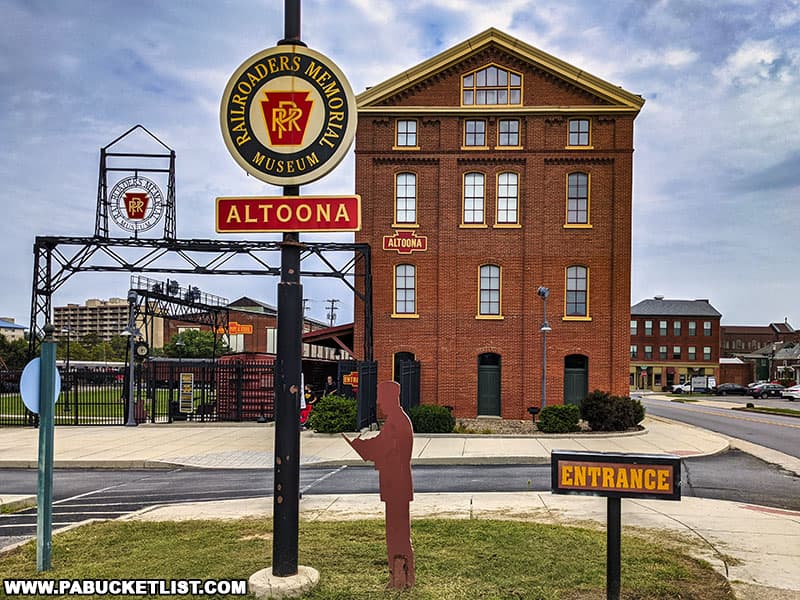
Unlike many “train museums” that focus primarily on engines and cars, the Railroaders Memorial Museum focuses primarily on the men and women who kept the engines running and the cars rolling.
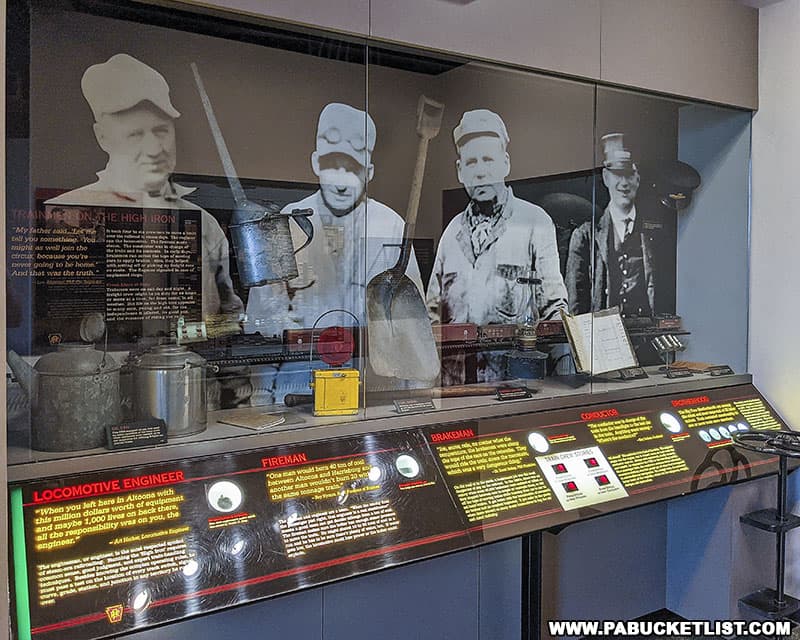
Chimney Rocks Park in Blair County is a former stone quarry turned public park that features 3 fantastic scenic overlooks as well as hiking trails, a playground, and picnic areas.
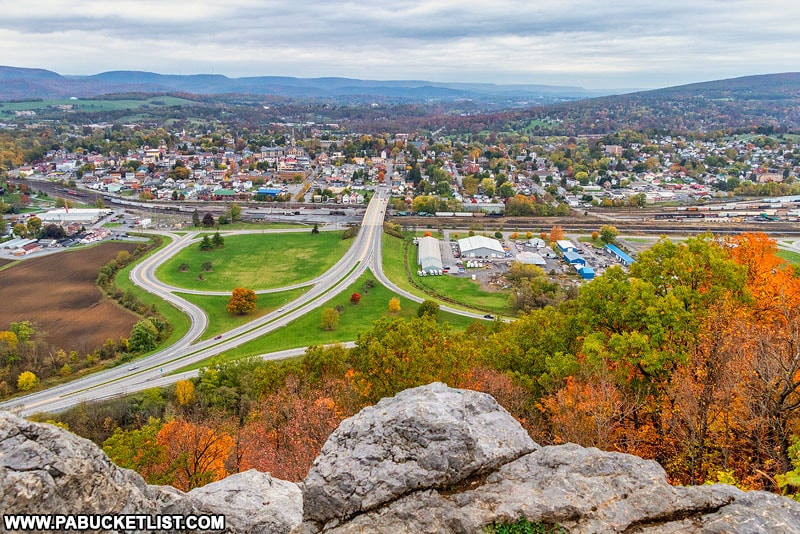
From the overlooks you can see into downtown Hollidaysburg, a town important to the development of the railroads in Pennsylvania.

Hell’s Hollow Falls at McConnells Mill State Park is named for the “hellish” smoke and red glow given off by the lime kiln built next to the falls.
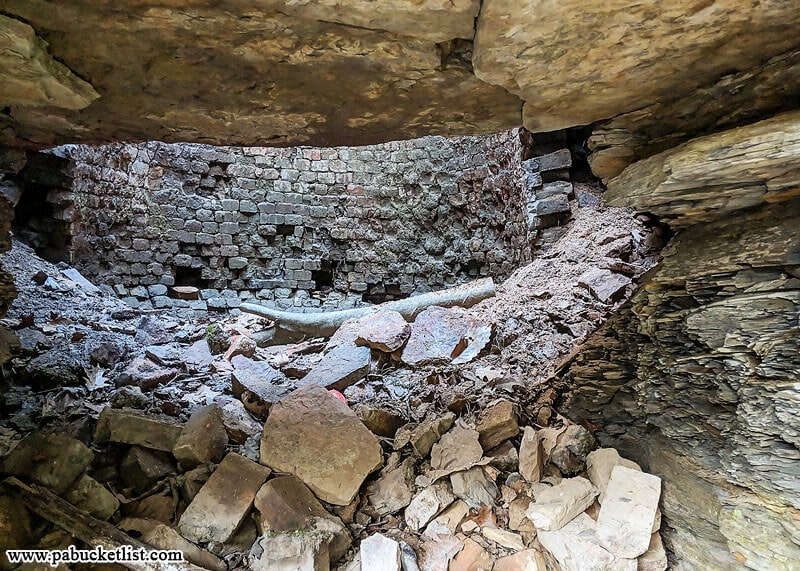
Today Hell’s Hollow Falls is a popular hiking destination along Hell Run in Lawrence County.
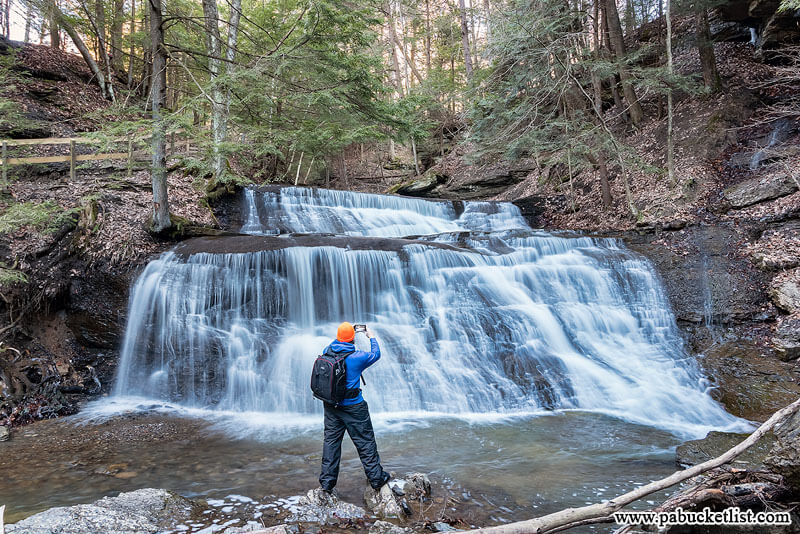
Did you enjoy this article?
If so, be sure to like and follow PA Bucket List on Facebook, Instagram, and/or Pinterest to stay up-to-date on my latest write-ups about the best things to see and do in Pennsylvania!
Click on any of the icons below to get connected to PA Bucket List on social media.


